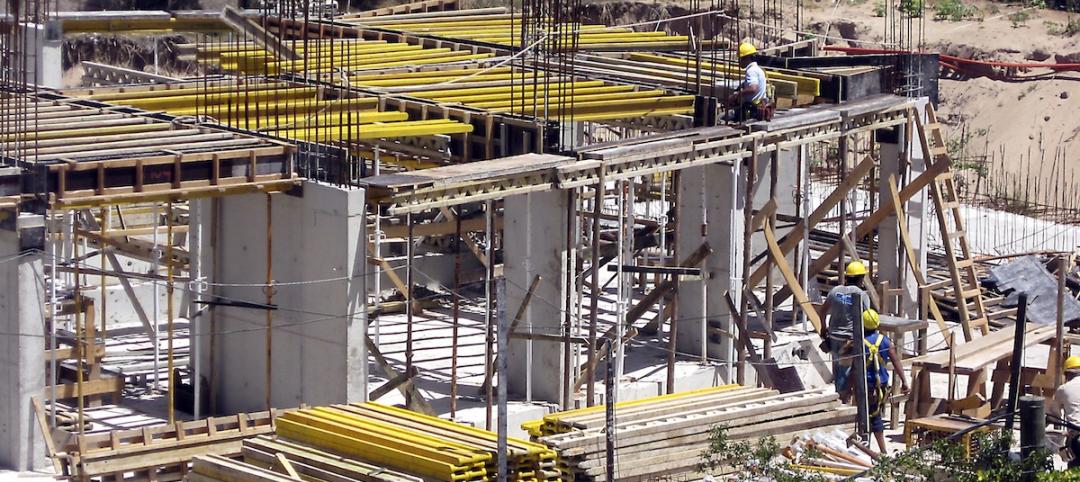A solid majority of respondents (61%) said their companies use building information modeling on projects.
On the bright side, 36% of construction executives surveyed said they felt construction has emerged from the recession and is starting to grow. Nearly a fourth (24%) said that things are looking up for all participants. Another 27% indicated that discrete segments are growing fast. Only 13% said they are seeing market declines or no growth in the past year.
Related Stories
Contractors | May 1, 2015
Construction workers among top U.S. drug users: study
Construction workers are topped only by miners when it comes to heavy drinking, according to a new study by the Substance Abuse and Mental Health Services Administration.
Multifamily Housing | May 1, 2015
Trade groups extend campaign to promote apartment living
The groups claim that there are more than 37 million Americans—12% of the population—living in just under 20 million apartment units nationwide. Apartments and their residents contribute $1.3 trillion annually to the economy.
Contractors | May 1, 2015
Nonresidential fixed investments fall in latest Construction Economic Update
This is the first time that nonresidential fixed investment declined since the first quarter of 2011, ABC reported. Nonresidential fixed investment had been rising by more than 4% on an annualized basis during five of the previous six quarters.
Contractors | Apr 29, 2015
Construction costs are expected to remain soft through fall of 2015
Labor and materials haven’t appreciated this year through April, according to market analyst IHS.
Contractors | Apr 23, 2015
Leopardo releases 2015 Construction Economics Outlook
Low oil prices have reduced the cost of construction, but not enough to offset the rise in labor costs, according to Leopardo's new outlook report.
High-rise Construction | Apr 23, 2015
Size matters in NYC, where several projects vie for the city’s tallest building honor
The latest renderings of 217 West 57th Street show a tower that would rise higher than the World Trade Center’s pinnacle, when elevations are included.
Multifamily Housing | Apr 22, 2015
Condo developers covet churches for conversions
Former churches, many of which are sitting on prime urban real estate, are being converted into libraries, restaurants, and with greater frequency condominiums.
Green | Apr 22, 2015
AIA Committee on the Environment recognizes Top 10 Green Projects
Seattle's Bullitt Center and the University Center at The New School are among AIA's top 10 green buildings for 2015.
BIM and Information Technology | Apr 21, 2015
Software tools shouldn't dictate the AEC process
With over 200 solutions on the market, construction software is one of the most complex and fragmented markets, writes Gensler's Mark Thole.
Contractors | Apr 20, 2015
Too many construction projects don’t meet owners’ expectations: KPMG report
Causes for delays, overruns, and underperformance include project management talent shortages, distrust between owners and contractors, and the lack of fully integrated project management systems.

















